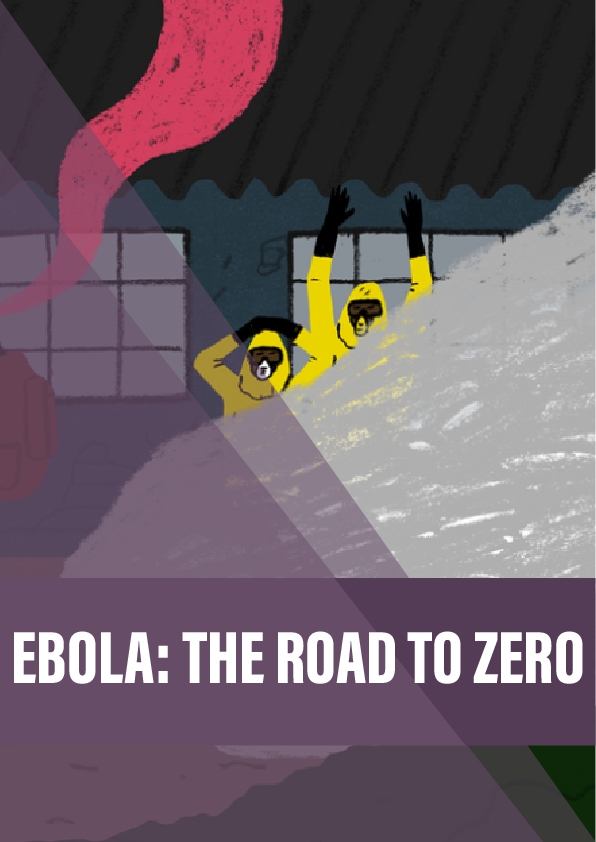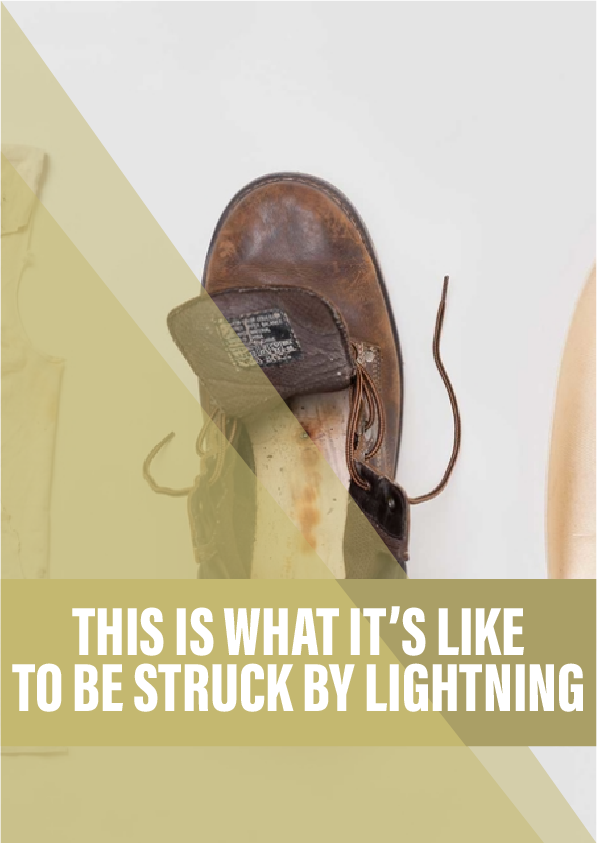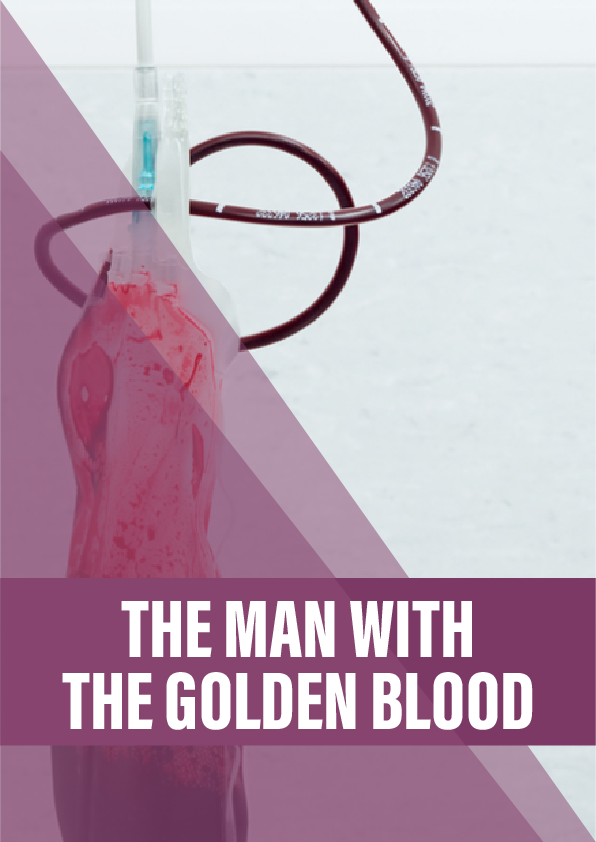Dr Ernest Bai Koroma, the President of the Republic of Sierra Leone, was having trouble ‘getting to zero’, and his underlings were getting antsy. “We need one more push,” said Major Palo Conteh, the commander of Sierra Leone’s National Ebola Response Centre (NERC) and a former Olympic quarter miler. “It’s like in the 400 metres when you’re 20m from the finish line, that’s the time to kick hard.”
Brigadier General David Taluva, a jovial officer with the physique of a shot putter, had other ideas. “Perhaps we should quarantine Port Loko,” he mused to a group of officers gathered outside a Portakabin by the Special Court building in Freetown, now transformed into an Ebola situation room. “No, wait, then we would have to quarantine the whole country.”
The officers shuffled their feet awkwardly, then parted to make way for an official late for that evening’s briefing.
Taluva was joking, but of course Ebola is no laughing matter. Port Loko is one of the most populous districts in Sierra Leone and the site of Lungi International Airport. Quarantine Port Loko and you effectively cut the flow of international health workers and aid to President Koroma’s beleaguered administration. The problem is that Port Loko, or to be more precise, Lokomasama – the district to the north of Freetown – is scored with shallow swamps and twisting rivers perfect for evading the Ebola control measures. And, since February, that is exactly what fishermen and recalcitrant villagers in Lokomasama have been doing. The result has been new clusters of infection up and down the country, frustrating the effort to ‘get to zero’, as the World Health Organization (WHO) calls the elimination of Ebola transmissions (getting to zero requires no new cases to be reported in a country for 42 days, double the maximum incubation period of the virus).
Reference:











